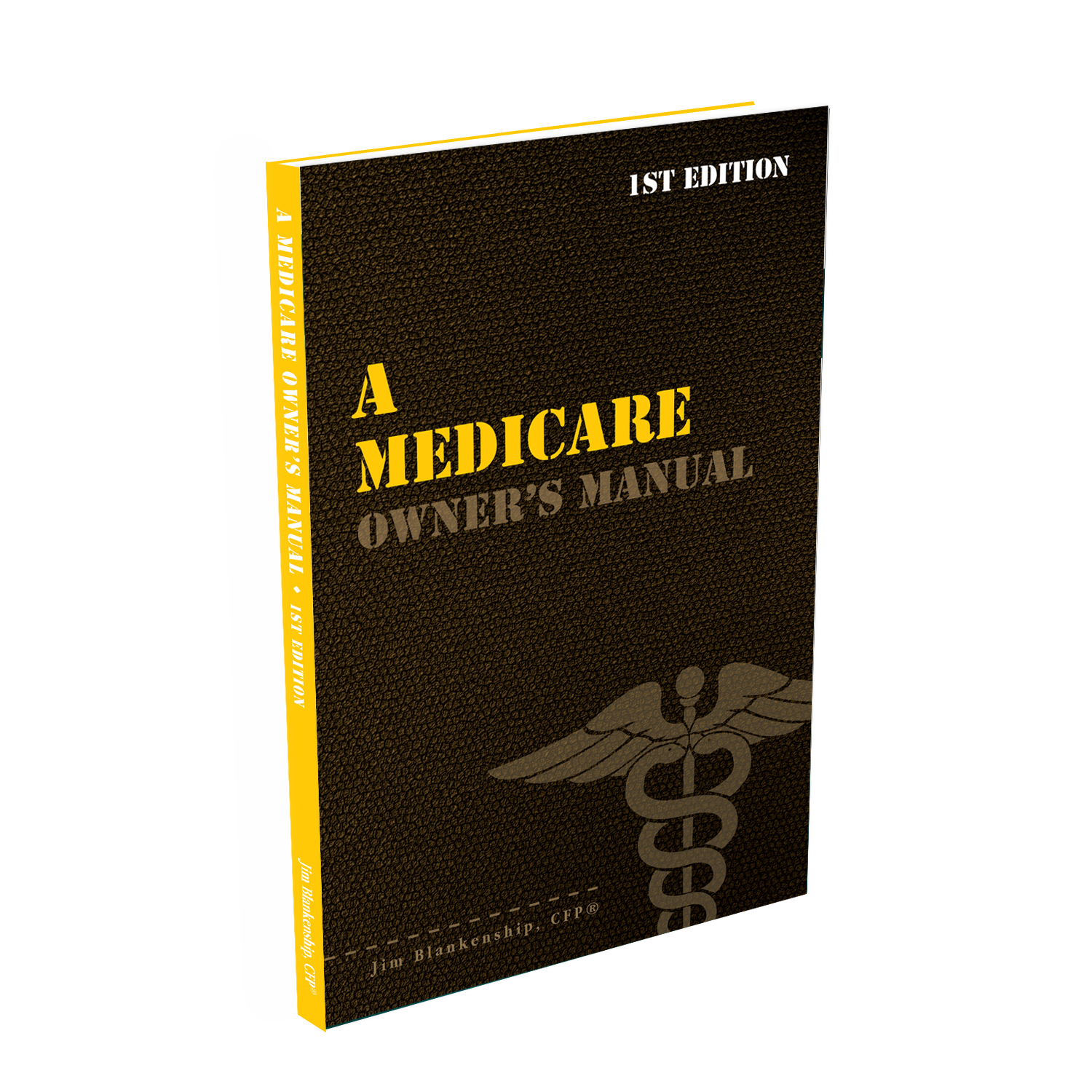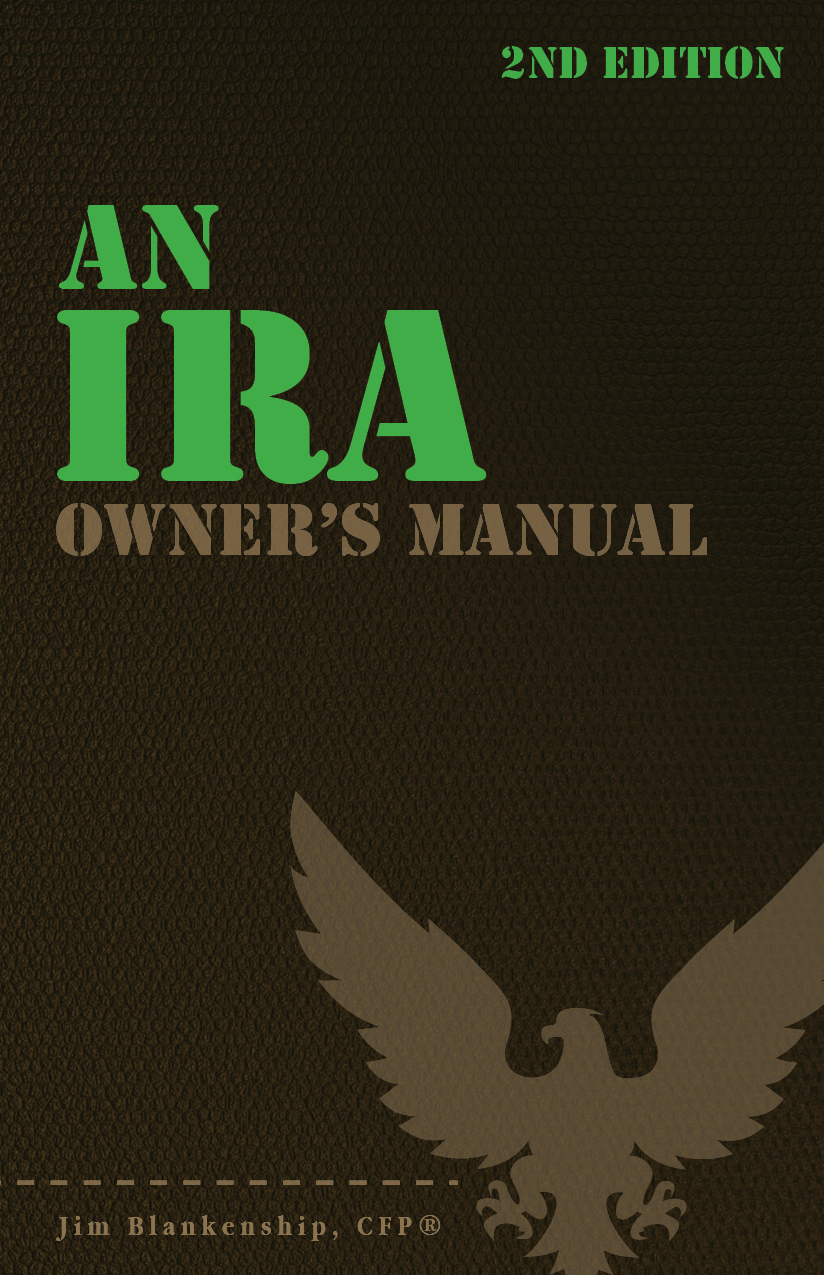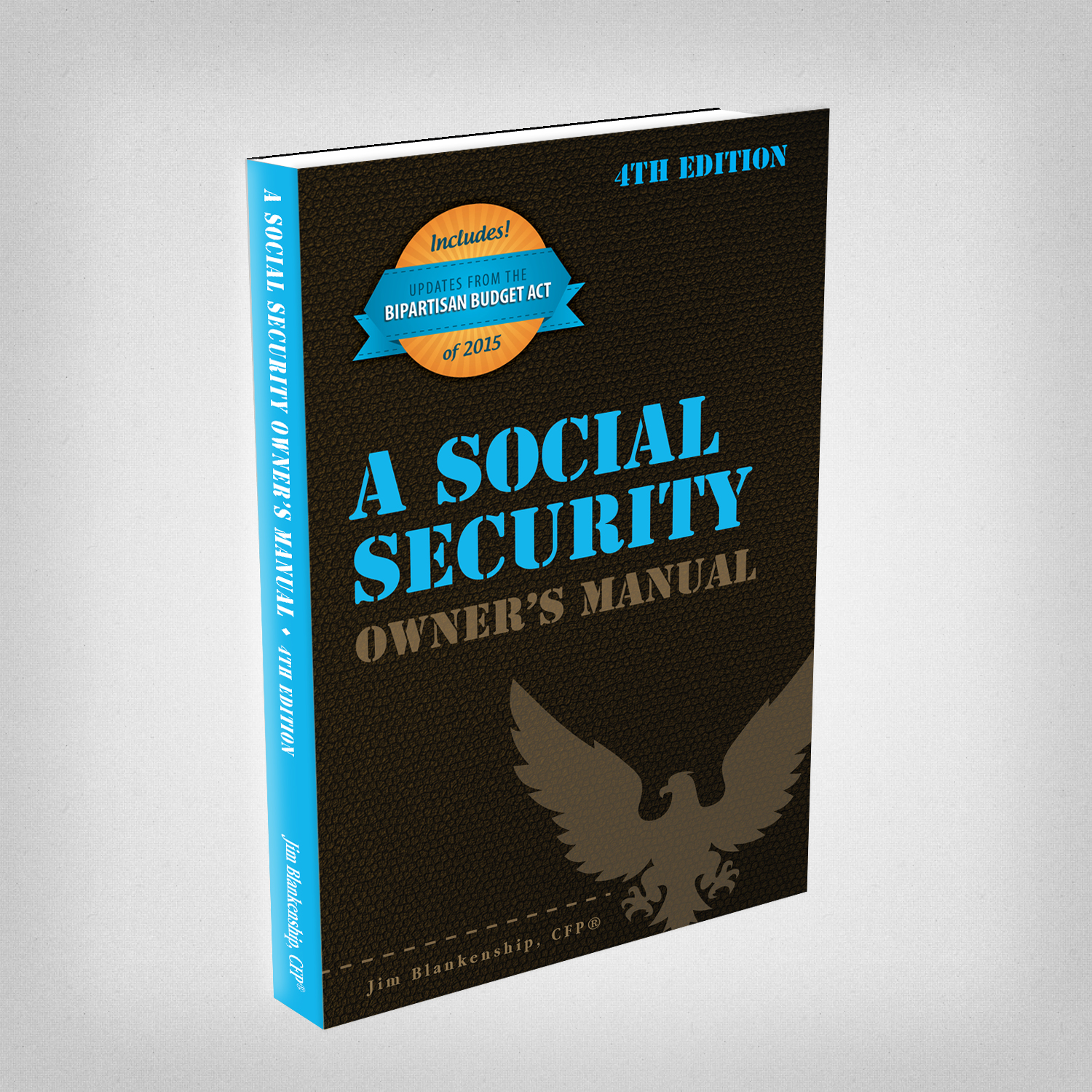
Photo credit: jb
If you have money in an IRA and you’d like to do a tax free Roth conversion, you may be wondering just how to do it. There are actually several ways to do a tax free Roth conversion, and three very common options are listed below.
After-Tax IRA Contributions
If your traditional IRA is composed only of after-tax (non-deducted) contributions, you can convert those funds over to a Roth IRA without tax consequence. This is because the funds were taxed before you contributed them to the IRA, and so no tax is due when you convert the funds to a Roth IRA. This often is the case if you have no other traditional IRAs and you’ve made non-deductible contributions to the account (often from income limitations). You can convert these non-deductible contributions from the traditional IRA to a Roth IRA with no tax consequences. The only tax (if this is your only traditional IRA and it only contains non-deductible contributions) is if there is any growth on the contributed funds, such as interest earned or capital gains that have occurred.
The “gotcha” in this is that the IRA must be ONLY non-deducted, after-tax contributions. Plus this must be the only IRA that you have – see the article: Turns Out You CAN Be A Little Bit Pregnant for more details, including a way around the “Pregnant” Rule.
If you happen to have other IRAs or other, deducted contributions in the traditional IRA, it’s not the end of the world. You’ll just have more tax to pay on the Roth Conversion.
After-Tax Qualified Retirement Plan Contributions
If you happen to have after-tax contributions to a Qualified Retirement Plan (QRP) such as a 401k plan, these can be used for a tax free Roth Conversion if you’ve terminated employment or the retirement plan has terminated. You can do this without having to worry about the “Pregnant” rule I mentioned above. This is because QRP funds are treated differently, and as such you are allowed to move specific contribution money separate from other contribution money (e.g., pre-tax contributions separate from after-tax contributions).
Also, if you have money in a Roth 401k, it’s not actually considered a conversion but you can rollover your Roth 401k money into a Roth IRA with no tax consequences, as long as your plan allows. Generally this means you have either reached age 59½ (for some plans; many do not allow in-service distributions), or you must have left employment with that employer.
Zero Tax Bracket
If you have no or very low taxable income, that is, if you’re below the 10% tax bracket, any funds that you distribute from your traditional IRA up to the limit – which would be your AGI minus your exemptions and itemized or standard deductions and any tax credits – would be tax free. Granted, this is likely to be a somewhat small amount for most people in this situation, but for others, such as business owners or farmers with carried-over Net Operating Losses, it could be sizeable. See the linked article for more information on NOL carryovers and Roth IRA conversions.
Photo by Phillip


 Sterling Raskie, MSFS, CFP®, ChFC®
Sterling Raskie, MSFS, CFP®, ChFC® The latest in our Owner’s Manual series, A 401(k) Owner’s Manual, was published in January 2020 and is available on
The latest in our Owner’s Manual series, A 401(k) Owner’s Manual, was published in January 2020 and is available on  A Medicare Owner’s Manual, is updated with 2020 facts and figures. This manual is available on
A Medicare Owner’s Manual, is updated with 2020 facts and figures. This manual is available on  Social Security for the Suddenly Single can be found on Amazon at
Social Security for the Suddenly Single can be found on Amazon at  Sterling’s first book, Lose Weight Save Money, can be
Sterling’s first book, Lose Weight Save Money, can be  An IRA Owner’s Manual, 2nd Edition is available for purchase on Amazon. Click the link to choose the
An IRA Owner’s Manual, 2nd Edition is available for purchase on Amazon. Click the link to choose the  Jim’s book – A Social Security Owner’s Manual, is now available on Amazon. Click this link for the
Jim’s book – A Social Security Owner’s Manual, is now available on Amazon. Click this link for the  And if you’ve come here to learn about queuing waterfowl, I apologize for the confusion. You may want to discuss your question with Lester, my loyal watchduck and self-proclaimed “advisor’s advisor”.
And if you’ve come here to learn about queuing waterfowl, I apologize for the confusion. You may want to discuss your question with Lester, my loyal watchduck and self-proclaimed “advisor’s advisor”.